Your ATV is a beast of the outdoors, seldom spending much of its life inside. The plastic body of ATVs becomes faded from the sun’s rays, and thrashing around in dirt, mud, snow, and water doesn’t help. Plastics get scuffed by boots or passing debris, and cracks can appear in the body or windshield.
There are a few options for restoring your ATV’s faded plastic so it looks like a showroom model again. These options vary in cost and difficulty. In this guide, we’ll look at all the common ways to restore the luster of your ATV’s plastic body.
Image from www.can-amtalk.com
Linseed oil can restore faded plastic, but it takes ages to dry. You want boiled linseed oil, instead. Note—this doesn’t mean you boil the linseed oil yourself! It means that the linseed oil has been pre-treated to dry faster.
To speed things along, choose boiled linseed oil and mix it with paint thinner. We recommend a 40/60 ratio of linseed oil and paint thinner.
Start by cleaning your ATV thoroughly. For best results, you’ll want to remove the rack and any other parts of the machine that are covering the plastics.
Apply the mixture to your plastics using a dry cloth. You’ll notice the linseed oil will remove the oxidization that’s causing fading. After you’ve applied the mixture to all the plastic, allow it a full day to dry.
If you keep your ATV covered and don’t use it every day, this fix will last for a few months. If you constantly use your ATV outdoors, this treatment may be required to be performed again in 4-6 weeks.
Off-road are the core piece of riding gear for ATV & UTV riders
Find out the best look for you
You’ll need good access to your ATV’s plastics, so remove the skid plates and racks. If they are severely damaged in any way, you may want to replace them completely. To complement your better-looking new plastics, you may want to strip or sand your racks and paint them with a spray-on bedliner.
Next up, give the ATV a good clean overall. A mixture of dishwashing liquid and water will remove all the grease and oils from the surfaces.
Now it’s time to prepare the plastic for waxing. This means sanding the plastic with fine sandpaper, working your way up from the lowest number of sandpaper up to the highest. You can use an oscillating tool to speed up the process. Make sure you’re wearing safe gloves, and finish up by sanding with steel wool.
Apply a vinyl floor liquid wax to the plastic using a car wax applicator. Using thin coats, you can work on one section of the plastic while another section dries. You will need to apply several coats, buffing out the plastic after each application.
After the final coat is complete and bone dry, finish up with an automotive wax for an extra layer of sheen.
This process is more involved than the linseed oil and paint thinner fix, but it typically has a longer-lasting result.
Image from www. atvhonda.com
atvhonda.com
Instead of a linseed oil and paint thinner mixture or vinyl liquid wax, you can use a dedicated plastic restorer product. While most of these products work very well, they are basically just variations of our above options with slightly different chemical compositions.
Image from Lea Arnold YouTube channel
Using a heat gun does work to make plastics look new, but it has downsides.
To perform the procedure, you use a heat gun set to a low setting and blow it from a few inches above the problem plastic. Voila—the plastic looks as good as new.
But it’s not really an option that we recommend. It works by melting the top layer of the plastic, which in turn makes the plastic more brittle. Every time you perform a heat gun restoration, your plastics lose some strength.
Where we would suggest using a heat gun is to work out small cracks in the plastic. Severe cracks necessitate replacement, though.
These are the top ways to restore your ATV plastic. Another option is to cover your faded plastic with a new lick of paint from a spray paint that’s specifically suitable for plastic. Whatever option you choose, with just a little bit of elbow grease you can have your ATV back in showroom condition.
SPORTSMAN Black
36 EUR
32.40 EUR
-10%
HIT
ENDURO LIGHT Graphite
the most durable
458 EUR
412.20 EUR
-10%
HIT
ENDURO Camogrey
the most durable
657 EUR
591.30 EUR
-10%
HIT
ENDURO Graphite
the most durable
279 EUR
251.10 EUR
-10%
HIT
ENDURO Graphite
the most durable
657 EUR
591.30 EUR
AQUAMASTER-ZIP LIGHT Camogrey
with central zipper
598 EUR
412. 50 EUR
50 EUR
-10%
HIT
ENDURO LIGHT Camogrey
the most durable
458 EUR
412.20 EUR
AQUAMASTER LIGHT Red
reliability & comfort
438 EUR
324.50 EUR
NEODRY Black
17 EUR
11.90 EUR
-10%
HIT
ENDURO Camogrey
the most durable
279 EUR
251.10 EUR
AQUAMASTER Blue
reliability & comfort
647 EUR
582.30 EUR
-30%
HIT
AQUAMASTER Red
reliability & comfort
259 EUR
181.30 EUR
-40%
HIT
AQUAMASTER Orange
reliability & comfort
259 EUR
155.40 EUR
AQUAMASTER Red
reliability & comfort
677 EUR
591. 40 EUR
40 EUR
-40%
HIT
AQUAMASTER Camogreen
reliability & comfort
259 EUR
155.40 EUR
BELT
9 EUR
8.10 EUR
ENDURO BF Camogrey
bootfoot waders
528 EUR
475.20 EUR
ENDURO BF Camogreen
bootfoot waders
289 EUR
173.40 EUR
ALL SEASON Black
62 EUR
55.80 EUR
ENDURO BF Camogrey
bootfoot waders
329 EUR
296.10 EUR
Explore all
Since ATVs invest the majority of their time outdoors, their plastic body ends up being discolored from the sunlight's rays, as well as surging around in dirt, mud, snow, and also water does not help. Plastics get messed up by boots or passing particles, and also splits can appear in the body or windshield.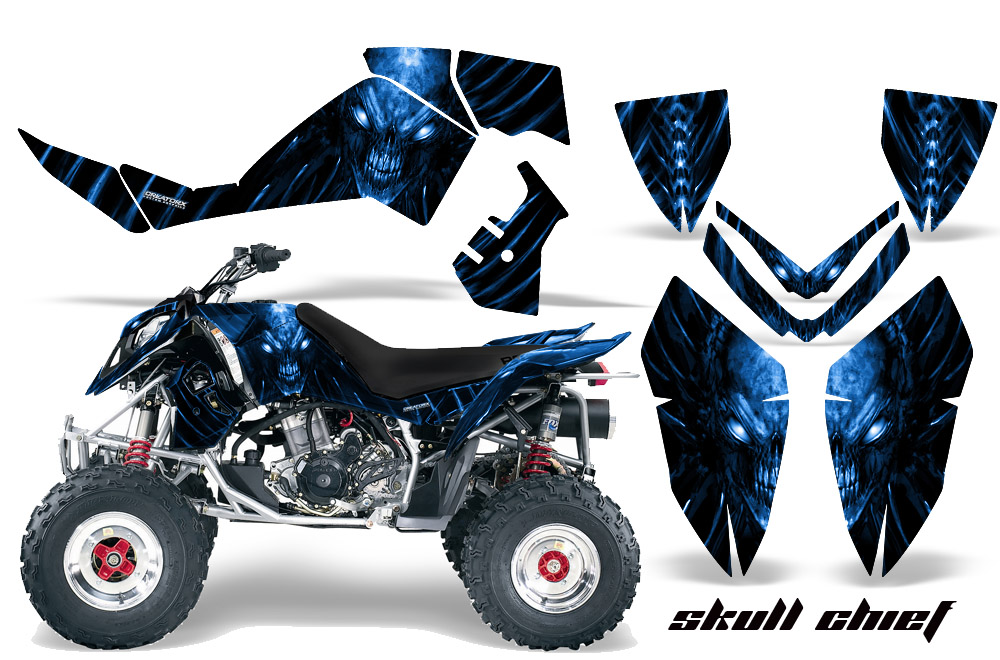
There are a few choices for restoring your ATV's faded plastic so it appears like a showroom model once more. These alternatives differ in price as well as problem.
In this guide, we clarify exactly how to make your ATV resemble new. We provide you with some suggestions on exactly how to restore ATV plastic.
Table of Contents
Now that you understand what creates your ATV plastic to fade allow's take a look at the various ways you can recover your vehicle to its previous glory.
When it concerns restoring your ATV, there are many methods that can be made use of to take on discolored plastic, with everyone delivering different outcomes. So to help you at the same time, we have actually detailed the various techniques down below.
Before you restore your ATV plastic, you should keep your ATV clear. Wash the ATV completely using Dawn dishwashing fluid. Dawn helps get rid of oils and grease from the surface area. And afterward, completely dry the maker totally. If there are scratches, you will also require to sand its plastic surface.
And afterward, completely dry the maker totally. If there are scratches, you will also require to sand its plastic surface.
Linseed oil can recover discolored plastic, however, it takes ages to dry. You need boiled linseed oil, rather. Note-- this does not imply you steam the linseed oil on your own! It implies that the linseed oil has actually been pre-treated to completely dry faster.
To speed up points along, choose boiled linseed oil and mix it with paint thinner. We advise a 40/60 proportion of linseed oil as well as paint thinner.
Begin by cleaning your ATV extensively. For best results, you'll intend to eliminate the rack as well as any other parts of the device that are covering the plastics.
Apply the mix to your plastics using a completely dry cloth. You'll discover the linseed oil will remove the oxidization that's causing fading.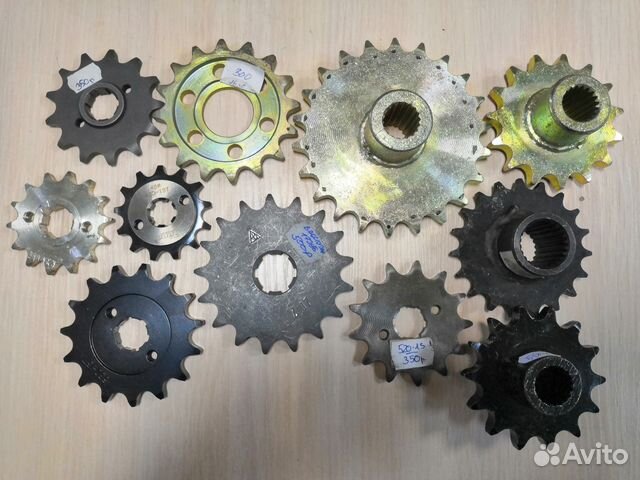 After you have actually used the blend to all the plastic, allow it a full day to dry.
After you have actually used the blend to all the plastic, allow it a full day to dry.
If you maintain your ATV covered and do not use it on a daily basis, this restore will certainly last for a couple of months. If you continuously use your ATV outdoors, this treatment might be called for to be done again in 4-6 weeks.
The following video shows you how to restore ATV plastic with boiled linseed oil.
There are plenty of products in stores that declare to recover plastic. One of the most preferred is Solution Finish and CAR GUYS Plastic Restorer.
A look through customer testimonials shows that they work. How much time the remediation lasts differs from item to item, and just how well you protect your ATV. Yet most appear to last for a number of months.
When using a certain restorer, inspect the instructions of the application on the label. Also, the majority of these items are likewise helpful for plastic. If your ATV seat has a plastic cover, you can make use of these restorers to reverse fading.
Also, the majority of these items are likewise helpful for plastic. If your ATV seat has a plastic cover, you can make use of these restorers to reverse fading.
First, you should remove the skid plates and racks. If they are drastically damaged whatsoever, you might intend to replace them totally. To enhance your better-looking new plastics, you may intend to strip or sand your racks and repaint them with a spray-on bed liner.
Next up, offer the ATV a good clean overall. Now, it's time to prepare the plastic for waxing. This means fining sand the plastic with fine sandpaper, working your way up from the lowest amount of sandpaper to the highest. You can also use an oscillating device to quicken the process. Make certain you're wearing risk-free gloves, and finish up by fining sand with steel wool.
Use a vinyl flooring liquid wax to the plastic using a car and truck wax applicator. Using thin layers, you can service one area of the plastic while one more section dries. You will need to apply a number of coats, and polish the plastic after each application.
Using thin layers, you can service one area of the plastic while one more section dries. You will need to apply a number of coats, and polish the plastic after each application.
After the last layer is full and also bone dry, end up with an automotive wax for an added layer of luster.
This process is more complex than linseed oil and paints thinner restoration, but it usually has longer-lasting results.
This is the debatable one that we don't advise. It works such as this: you set the heat gun to the lowest setting and blow it a few inches away from the plastic, moving slowly over the discolored areas.
This approach generates instant outcomes. The faded plastic instantly appears new and also glossy.
While it functions, how it works is the issue. The heat partially thaws the top layer of the plastic, making it show up new.
Comparable to various other plastic restore methods, the heat gun method does not last forever. Oxidation as well as fading will certainly return after a number of weeks or months. So you need to duplicate the treatment.
Oxidation as well as fading will certainly return after a number of weeks or months. So you need to duplicate the treatment.
The trouble is that every time you use a heat gun, the plastic gets more brittle as well as more probable to crack as you set about your riding.
So we do not suggest making use of a heat gun. Use linseed oil or a plastic restorer. If you want long-term remediation, see the last method below. You can watch the following video to learn how to restore ATV plastic with the heat gun.
For the last approach, we are going to go over; we have selected an option that is arguably one of the most efficient when it comes to restoring ATV plastic. If you see that your ATV has actually begun to discolor, you can constantly battle the issue by repainting it.
You can do this by using spray paints ideal for ATV plastic, although you will need to apply a primer coat and a safety top layer for the best outcomes.
Like the majority of recovering approaches, paint is not permanent as well as will certainly start to fade with time. Nevertheless, it can last much longer than various other repair choices and can be quickly reapplied whenever the plastic begins to discolor.
If you want to learn more about paint, you can click here to get a guide for painting your ATV step-by-step.
Broken plastic is a little bit a lot more challenging to fix. If a piece of the plastic has come off, not simply a basic fracture, you may be much better off changing the whole plastic part.
However, if it's just a crack, there's hope. We discovered numerous feasible means to repair broken ATV plastic. Nonetheless, most of them, such as using epoxy or superglue do not work well. As quickly as you go out with the ATV once again, the sealed cracks are then loosened
The solution that appears to work ideal is melting the plastic.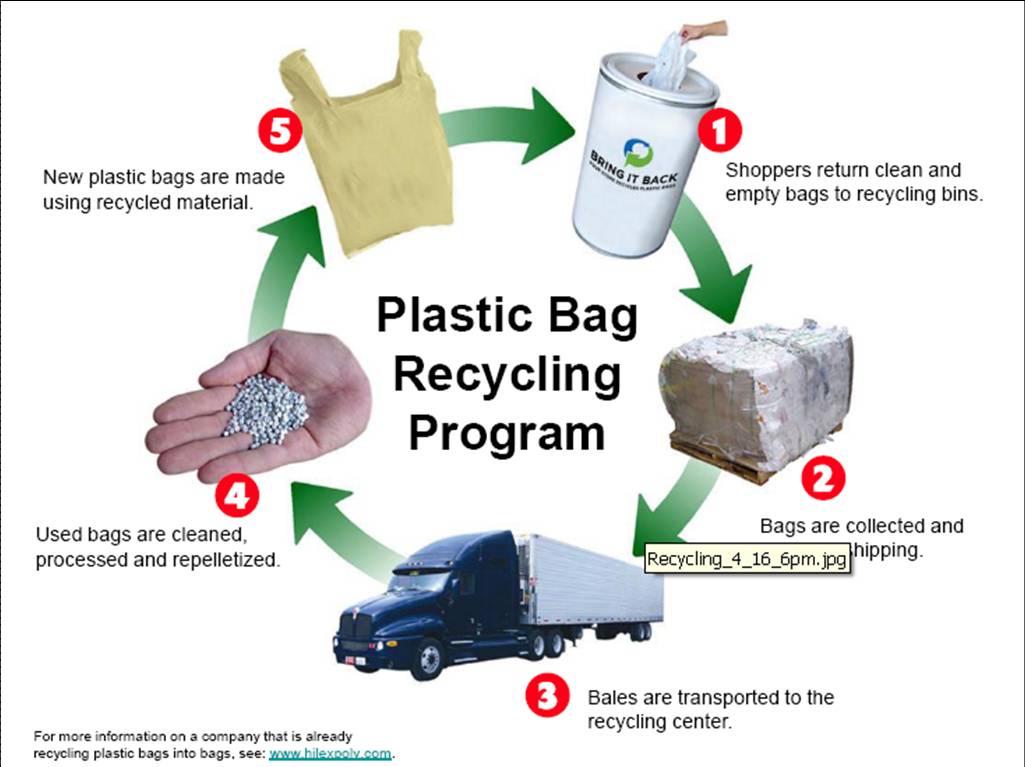 You can use a plastic welder, heat gun, soldering iron, or some other source of heat to melt the plastic along the crack. You'll require to apply stress on both sides of the plastic up until the melted plastic remedies and holds.
You can use a plastic welder, heat gun, soldering iron, or some other source of heat to melt the plastic along the crack. You'll require to apply stress on both sides of the plastic up until the melted plastic remedies and holds.
For larger fractures, you may need to thaw an exterior plastic to fill the fracture. You can also get plastic welding rods or reinforcement plastic mesh.
When it comes to the windshield, because it is likely acrylic, an acrylic solvent concrete or an acrylic adhesive is the best option.
Adhere to the directions on the label. Keep in mind to clean the windshield before using any item.
Plastic burs very easy as well as wet fining sand will prevent that. With the 180 grit just sand the actually bad areas as well as get the deep scratches, nothing even more. After they have gone away, Use 220 on the overall vehicle.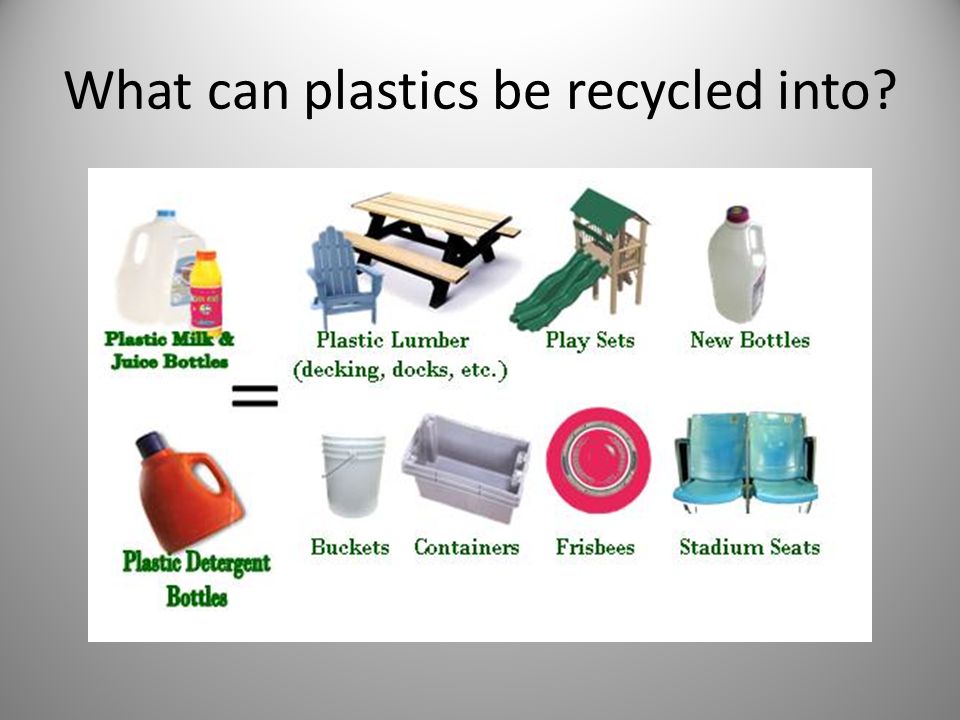 Sand up until the shade is also all over and the scratches are gone.
Sand up until the shade is also all over and the scratches are gone.
Brightening with Toothpaste or Sodium Bicarbonate Toothpaste and baking soda are both light abrasives that you can make use of to brighten plastic. For deeply etched or blemished plastic, capture non-gel toothpaste straight onto the surface and also buff it in a circular movement with a microfiber or cotton cloth.
WD-40 Multi-use product is excellent for most plastic surfaces that have actually had a great deal of exterior direct exposure, so it's great for garden furniture. It is very important to note that Polycarbonate and clear polystyrene plastics are among the very few surfaces where WD-40 multi-purpose products can be avoided.
The very best method I have actually located for removing light scrapes is to choose some 1500 Grit Wet Sandpaper. Just utilize the sandpaper over the locations with scrapes and also enthusiast it out when you're done. You can end up with a coat of the plastic restorer I discussed above to make it look new.
Just utilize the sandpaper over the locations with scrapes and also enthusiast it out when you're done. You can end up with a coat of the plastic restorer I discussed above to make it look new.
To restore the shine, apply a small amount of plastic or metal polish just enough to cover the dull areas, then apply it in a circular motion with a clean, dry cloth. You may need to repeat the process a few times, but eventually, the plastic will shine like new again.
The Most Comprehensive Motorcycle Camping Gear Checklist (Ultimate guide for you)
Rodney L Herron
Rodney L is a technical writer and product consultant with over a decade of experience in the motor industry. Rodney is a fan of performance machines that run fast and loud and an expert in all things custom. His numerous articles and write-ups are available at our knowledge base. Whether it’s something wrong with your motorcycle or you are building a custom bike, you can trust Rodney’s experience.
Photo: AvtoVzglyad
Over time, the components and assemblies of the car wear out, become obsolete, and eventually break down. Something needs to be replaced, and something can be updated without much effort. For example, headlights dimmed from the inside. The AvtoVzglyad portal found out how, without removing the lighting fixtures, to give them freshness.
Efim Rozkin
Headlights dim - this is an inevitable process. How is this possible if the optics are sealed enough, and special valves provide air circulation in it? Alas, as the years pass, as a result of drying out of seals, damage and other negative factors, lighting devices begin to let in dust and dirt, which settle on reflectors, lamps, and protective glass. Needless to say, lighting problems bring a whole bunch of other troubles? And especially they become noticeable when you need the headlights the most - at night. Optics ceases to be effective, and consequently, visibility is reduced, which in turn directly affects the safety of the driver and his passengers.
Optics ceases to be effective, and consequently, visibility is reduced, which in turn directly affects the safety of the driver and his passengers.
If you approach the process of restoring headlights thoroughly, then this is a very laborious and costly process, which involves not only a human resource, but also an abundance of various materials and special equipment. In addition, the headlights have to be disassembled. And if such repairs are performed by unskilled workers? We can say with confidence that the effect of such a repair will please you for a short time. However, there is a way to restore the headlights from the inside in a simpler way and without disassembling the body of the lighting device.
If the outside of the headlight is still in good condition, but the light is still dim, then the cause is most likely a reflector that has accumulated dirt over the years. It’s unlikely that you can just take it and clean it without disassembling the headlight unit. And to do this through small holes for the bulbs is not at all possible on the installed headlight. But how then to be?
But how then to be?
Photo: AvtoVzglyad
Experienced motorists advise to remove the headlight. And then, you need to prepare a decent supply of warm water, soft microfiber and detergent. Through the holes for the lamps in the headlight, it is necessary to pour water with a small amount of detergent, for example, what housewives use to wash dishes. There you also need to push the microfiber, which can be pre-cut into medium-sized pieces. And then, taking the headlight housing in your hands, you need to shake it properly until the desired effect is achieved. Soapy water will dissolve dirt, and microfiber will help wipe it off the mirror finish. The reflector literally before our eyes will begin to take on the appearance of a new one.
If you are satisfied with the result, then you should fix it. To do this, drain the soapy dirty water and remove the cloth from the headlight. Next, you need to pour distilled water into the headlight. This is necessary in order to wash off the remaining dust and foam.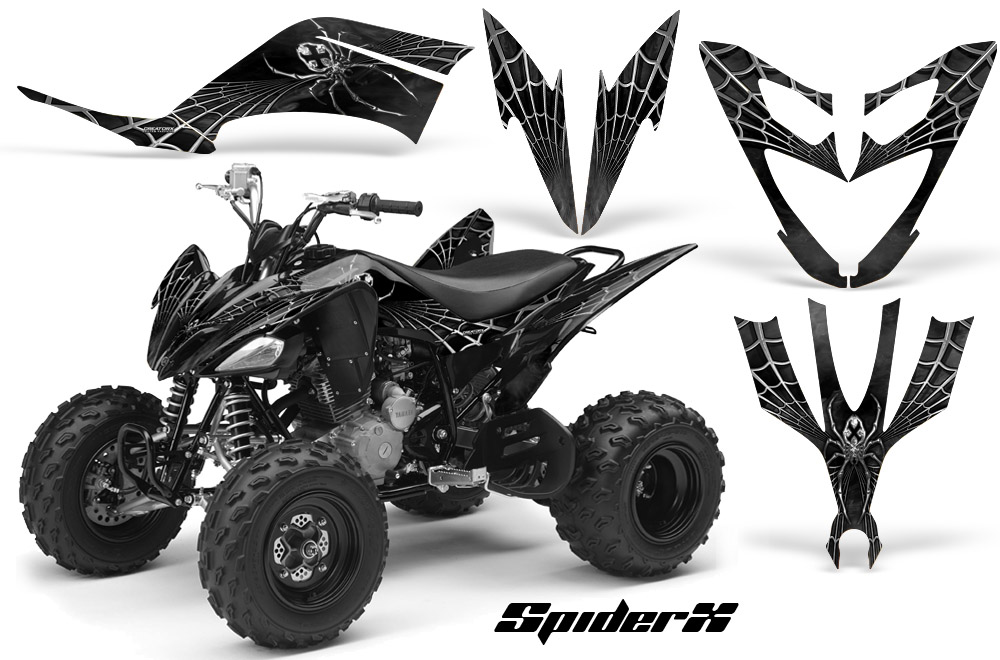 In addition, distilled water does not leave streaks when dried.
In addition, distilled water does not leave streaks when dried.
After the headlight has been thoroughly rinsed, it must be dried. You can do this both in a natural way, and resort to the services of a wife's hair dryer or a building hair dryer, after setting its temperature to a minimum. It is noteworthy that the headlight must be fixed with the reflector down, and when drying, do not turn it over or change its position.
Such a simple way to clean the headlights will save a lot of money. However, before proceeding with the restoration of optics, carefully inspect it. After all, there may be several reasons that she lost her former brightness. This means that the solutions to the problem can also be different. For example, from the outside, the plastic of the headlights is exposed to a strong external effect of fine dust, pebbles and other debris flying from under the wheels of the cars in front. As a result, the protective glass is covered with many small scratches, tarnishes, and its throughput drops dramatically.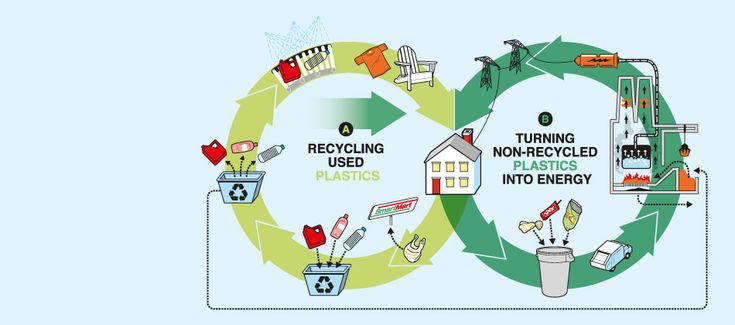 And this is where polishing is needed.
And this is where polishing is needed.
Problem, which car owners throughout Russia will face
82880
Problem, which carriageowners will collide throughout Russia
,000,000 82888880 9000 Signature. Avtovzglyad:road safety, accessories, life hack
Heat, food particles, direct sunlight and age are factors that change the color of plastic from white to pale yellow. Poor-quality cheap plastic can also turn yellow, so you shouldn’t save much when buying either. Be that as it may, there are 8 simple and budgetary means that will help return objects to their original color.
Dissolve in water a spoonful of ordinary soda and washing powder, the resulting product must be applied to the yellowed surface and left for several hours, and preferably overnight. If the size of plastic devices allows, you can lower them into a container with this solution. After it is enough to rinse the items with water and wipe dry, soda and powder leave the surface well.
If the size of plastic devices allows, you can lower them into a container with this solution. After it is enough to rinse the items with water and wipe dry, soda and powder leave the surface well.
Ask specialty stores for car interior cleaner. It is enough to apply them on a dirty object and wipe the surface - the thing will noticeably freshen up, and you will not spend a lot of time and effort. Ideal for cleaning items that have turned yellow from time to time, for example, parts of an old refrigerator. Always read instructions before use.
A truly versatile product for all occasions, including plastic bleaching. You need to prepare a solution: rub a bar of soap into warm water, and then apply a home cleaner to the surface. It is recommended to wash off after a few hours.
Available as nail polish remover or neat. Either will do. You need to be careful with this substance, it is better to wipe a small area in advance somewhere in an inconspicuous place in order to understand whether such an aggressive method is suitable for the entire surface.
There are many uses for hydrogen peroxide in the home, and it's not just a disinfectant. It will also help with yellowed plastic. Proceed by analogy with acetone - apply to a sponge and wipe the dirty area. For a more obvious effect, you can repeat the procedure several times in one day.
Not the safest and most environmentally friendly way, but very effective. You can use both a pure substance dissolved in water and chlorine-containing cleaning products. When working with them, try not to inhale the vapors, otherwise you can get irritation of the respiratory tract. Wear a mask or ventilate the area while working.
Not only medical but also industrial alcohol will be useful. Wear gloves before starting work, because the product is harsh and can damage the skin. First, make sure the surface can withstand the effects of alcohols - to do this, wipe a small area. If everything is in order, you can start cleaning.